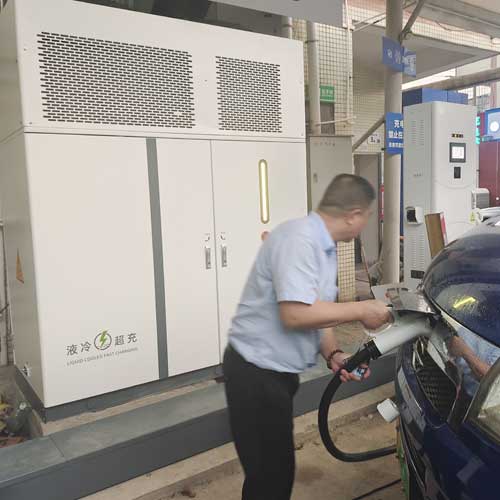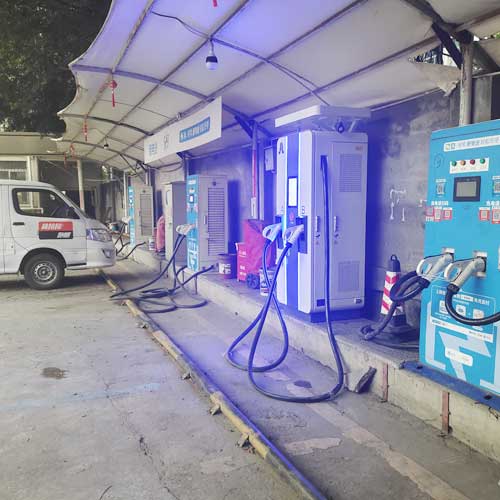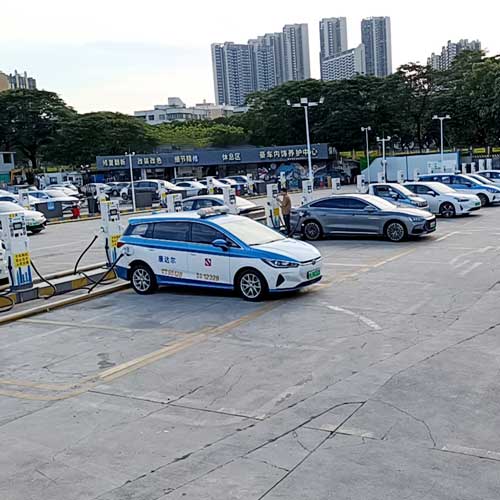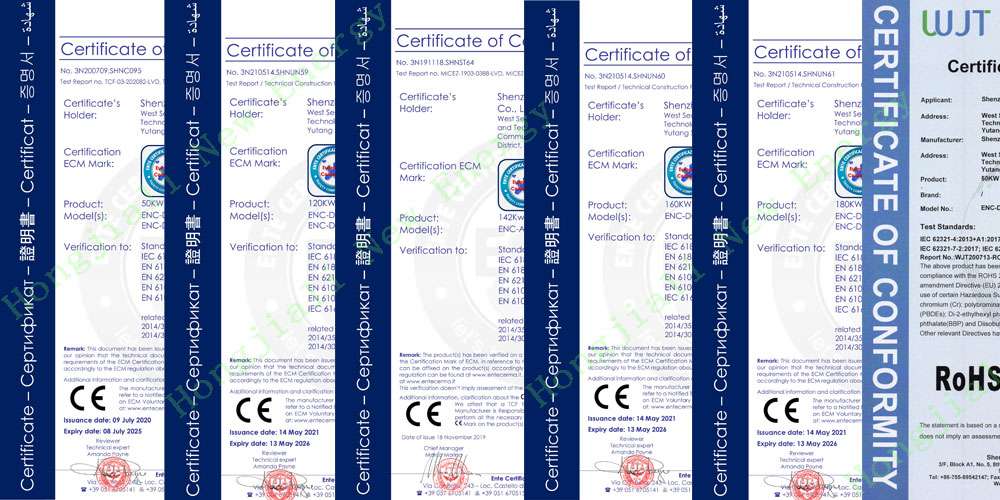-
 +86 18924678741
+86 18924678741 -
 sales@hjlcharger.com
sales@hjlcharger.com -
 Shenzhen City, Guangdong Province, China
Shenzhen City, Guangdong Province, China
Electric car fast charging is an efficient way to replenish the power of electric vehicles. It refers to using high-power direct current to charge the power battery of electric vehicles, which can charge the battery to Higher levels (such as 50% to 100%). This charging method significantly shortens the charging time of electric vehicles and improves convenience of use.
Electric car fast charging equipment and facilities
DC charger: Fast charging mainly relies on DC charger, which can convert the alternating current of the power grid into direct current and directly charge the power battery of the electric vehicle. The charging power of DC chargers is generally above 30kW, and the charging power of super charging stations is above 350kW.
Charging interface and charging gun: The fast charging interface and charging gun of electric vehicles have specific standards and specifications to ensure compatibility and safety with DC charging piles.
The following are the basic parameters of super charging station 480-720kW products:
Rated power: 480-720kW
Main cabinet input voltage: AC380V±15%
Main cabinet utput voltage: DC200-1000V
Main cabinet output current: 0-2400A
Terminal interface: 7-inch color touch screen
Terminal input voltage: AC220V±15%
Terminal output voltage: DC200-1000V
Terminal output: 250/600A
Terminal quantity: 6
Number of charging guns: 12
Charging gun cable length: 5m
Temperature: -25 to 55°C
Protection: IP 54














